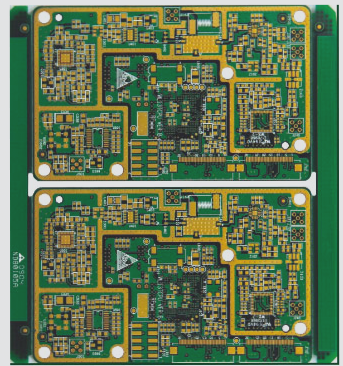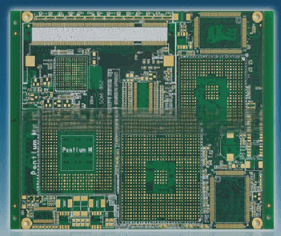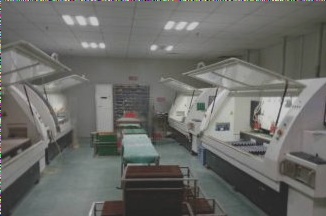Essential Principles for Efficient PCB Design
Mastering the art of swiftly designing effective PCB circuit boards is crucial for PCB engineers. By following a reliable path to professional-quality PCBs, you can streamline the design process and enhance diagnostic quality.
1. Factory Production Process
- Understanding the PCB production process is vital for designing cost-effective and reliable circuit boards.
- Consider utilizing larger traces to reduce costs and improve reliability, especially for less experienced designers.
- Avoid overly complex designs by evaluating the necessity of advanced features like high-density HDI structures.
- Follow recommended size ratios for vias to ensure manufacturability across different production facilities.

2. Auto-Router Usage
- Auto-routers can be useful for initial design phases but should not replace manual routing for proper PCB circuit connections.
- Configure auto-routers carefully to optimize performance for each module on the PCB.
- Manual routing skills are essential for achieving the best component layout and addressing the limitations of automatic routing algorithms.
- Consider line width and current requirements when using auto-routers to ensure compliant designs.
Optimizing component layout is crucial, with nearly half of the design time dedicated to achieving the best arrangement and considering aspects like simplified wiring and signal timing.
PCB Design Best Practices
- Experienced designers often use a hybrid approach, combining manual positioning with automatic routing to optimize efficiency.
- Circuit diagrams are essential for simplifying design tasks and ensuring accurate wiring connections.
- Creating a complete circuit diagram serves as a valuable reference, saving time and helping catch overlooked connections.
- Preventing cracks in PCB circuit boards requires thoughtful design to avoid manufacturing defects.
- Consider the size and current on the circuit board to prevent issues resembling pinch points and bottlenecks in rivers.
Designing PCBs requires a careful balance between manual precision and automated efficiency. By incorporating circuit diagrams and avoiding common pitfalls like cracks, designers can ensure the integrity and functionality of their circuit boards.




